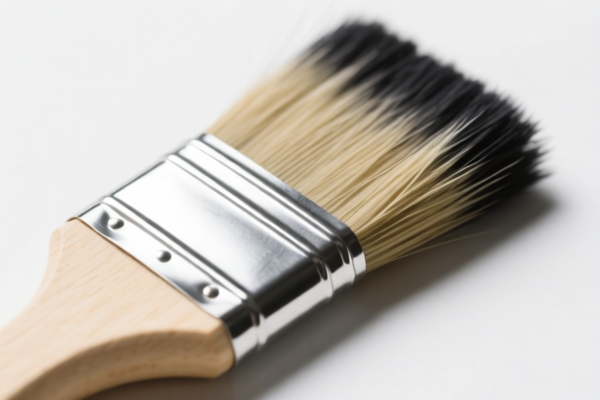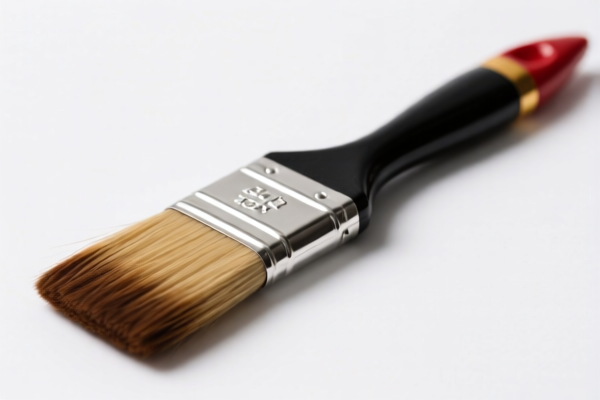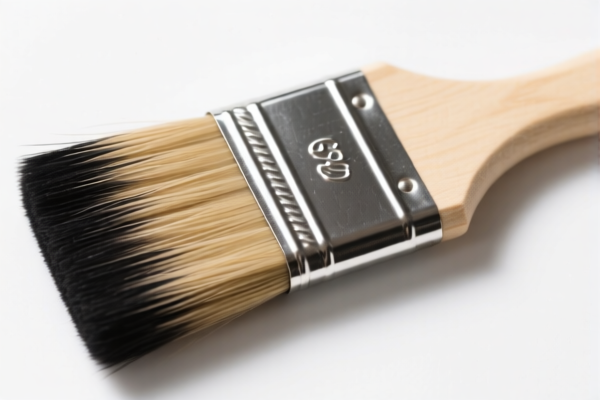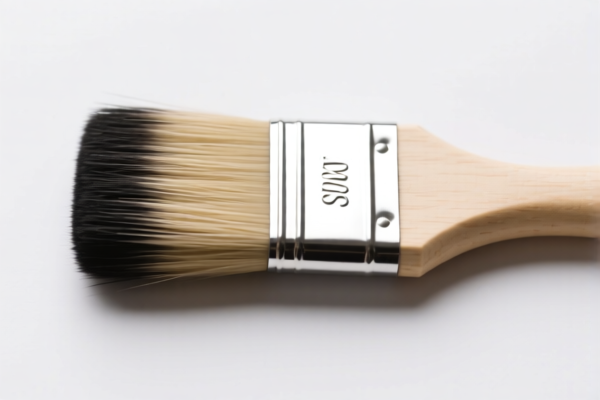| HS Code | Official Doc | Tariff Rate | Origin | Destination | Effective Date |
|---|---|---|---|---|---|
| 6805305000 | Doc | 55.0% | CN | US | 2025-05-12 |
| 6805301000 | Doc | 55.0% | CN | US | 2025-05-12 |
| 6815994170 | Doc | 55.0% | CN | US | 2025-05-12 |
| 6815992000 | Doc | 55.0% | CN | US | 2025-05-12 |
| 3924104000 | Doc | 33.4% | CN | US | 2025-05-12 |
| 3924905650 | Doc | 40.9% | CN | US | 2025-05-12 |
| 3926909910 | Doc | 42.8% | CN | US | 2025-05-12 |
| 3926909989 | Doc | 42.8% | CN | US | 2025-05-12 |




Triangle Brush
A triangle brush is a specialized painting or detailing brush characterized by its triangular-shaped bristle formation. These brushes are designed for precision work and achieving specific effects in various artistic mediums.
Material
Triangle brushes are constructed similarly to other brushes, with key components including:
- Bristles: Typically made from synthetic materials like nylon or taklon, though natural hair options (e.g., sable) are available for watercolor or oil painting. Synthetic bristles are favored for their durability, shape retention, and suitability for acrylics and gouache.
- Ferrule: Usually metal (aluminum or nickel-plated brass) crimped to hold the bristles securely.
- Handle: Commonly wood or plastic, providing a comfortable grip for control.
Purpose
The primary purpose of a triangle brush is to facilitate detailed painting, blending, and creating sharp lines or edges. Their unique shape allows for controlled application of paint in tight areas.
Function
The triangular bristle formation offers several functional advantages:
- Precision: The pointed tip allows for accurate application of paint in small areas, ideal for details, highlights, or corrections.
- Controlled Blending: The angled sides can be used for smooth blending of colors in confined spaces.
- Edge Creation: The sharp point and angled sides are effective for creating crisp edges and defined lines.
- Paint Holding Capacity: The shape allows for a moderate amount of paint to be held, reducing the frequency of reloading.
Usage Scenarios
Triangle brushes are employed in a variety of artistic applications, including:
- Miniature Painting: Popular in hobbies like war gaming, model building, and doll painting where intricate details are essential.
- Detailing: Used in larger paintings for adding fine details, highlights, or textures.
- Watercolor Painting: Effective for precise washes, lines, and small details.
- Acrylic Painting: Suitable for controlled application of acrylics in detailed work.
- Gouache Painting: Used for sharp lines, small details, and controlled washes.
- Calligraphy and Lettering: The pointed tip allows for creating fine lines and detailed lettering.
- Nail Art: Commonly used for intricate designs and detailing on fingernails.
Common Types
Triangle brushes are categorized based on bristle type, size, and handle length:
- Round Triangle Brushes: Combine the pointed tip of a round brush with the triangular bristle formation for versatile detailing.
- Flat Triangle Brushes: Feature a wider, triangular shape for broader coverage and blending.
- Liner Triangle Brushes: Long, thin brushes designed for creating very fine lines and intricate details.
- Micro Triangle Brushes: Extremely small brushes used for highly detailed work, often in miniature painting or nail art.
- Size Variations: Available in a wide range of sizes (e.g., 000, 00, 0, 1, 2, etc.) to accommodate different levels of detail.
The declared goods, “triangle brush,” can be interpreted based on its potential material composition, intended use, and application scenarios. Considering these factors, the following HS codes are relevant based on the provided information:
- 6805305000: This HS code covers “Natural or artificial abrasive powder or grain, on a base of textile material, of paper, of paperboard or of other materials, whether or not cut to shape or sewn or otherwise made up: On a base of other materials: Other”. If the triangle brush utilizes abrasive materials bonded to a base material other than textile, paper, or paperboard, this code may be applicable. The total tax rate is 55.0%, comprising a 0.0% base tariff and a 25.0% additional tariff, increasing to 30.0% after April 2, 2025.
- 6805301000: This HS code covers “Natural or artificial abrasive powder or grain, on a base of textile material, of paper, of paperboard or of other materials, whether or not cut to shape or sewn or otherwise made up: On a base of other materials: Articles wholly or partly coated with abrasives, in the form of sheets, strips, disks, belts, sleeves or similar forms”. If the triangle brush is an article coated with abrasives and formed into a sheet, strip, disk, or similar shape, this code is relevant. The total tax rate is 55.0%, with a 0.0% base tariff and a 25.0% additional tariff, increasing to 30.0% after April 2, 2025.
- 3926909989: This HS code covers “Other articles of plastics and articles of other materials of headings 3901 to 3914: Other: Other”. If the triangle brush is manufactured from plastic or other materials within headings 3901 to 3914 and does not fall under more specific classifications, this code may be applicable. The total tax rate is 42.8%, consisting of a 5.3% base tariff and a 7.5% additional tariff, increasing to 30.0% after April 2, 2025.
It is important to determine the precise material composition and construction of the triangle brush to ensure accurate classification. If the brush is made of stone or other mineral substances, HS code 6815994170 or 6815992000 might be considered, depending on its specific form.
Customer Reviews
No reviews yet.